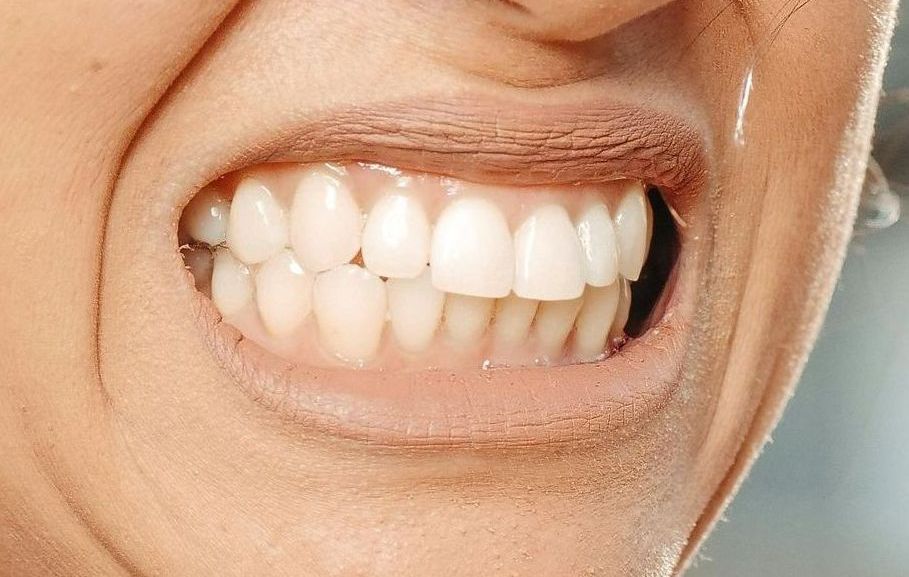The medical term for teeth grinding is bruxism. Bruxism can involve clenching your teeth together, grinding your teeth from side to side or a combination of both. Bruxism can occur when you are awake (awake bruxing) or while you are sleeping (sleep bruxing) and you may be unaware that you are doing it. Sleep bruxing is considered a sleep-related movement disorder.
Most people will experience bruxism at some point in their lives (physiological bruxism). However when the behaviour becomes chronic (pathological bruxism), it can lead to debilitating pain in your jaw or teeth, headaches, tooth fractures and disruption to sleep.
There are several factors that may increase your risk of bruxism, including:
- Psychological factors: Stress, anxiety and tension are often associated with bruxism. Bruxing behaviours can also be a coping strategy or habit when you are deeply concentrating on a certain task. Certain personality types are more likely to exhibit bruxism.
- Sleep disorders: Sleep apnoea, snoring, and other sleep-related issues may increase your risk of sleep bruxism.
- Lifestyle factors: Smoking tobacco, alcohol use and consuming caffeinated or energy drinks can all increase your risk of bruxism. Some recreational drugs can also lead to a significant increase in bruxism.
- Medications: Bruxism can be a side effect of some medications. Medications used in the treatment of seizures, anti-depressants and stimulants used to treat conditions such as attention deficit/hyperactivity disorder (ADHD) have been associated with an increase in bruxism behaviours.
- Medical conditions: Parkinson’s disease, dementia, gastroesophageal reflux disorder (GERD), epilepsy, night terrors, sleep-related breathing disorders and ADHD have all been linked to higher risk of bruxism.
TMJ Disorders
The temporomandibular joint (TMJ) is a very complex joint because it is the only joint in your body that is connected to the joint on the opposite side. Both TMJs are connected by your lower jaw and work together to open and close your lower jaw, as well as move your jaw from side to side and back and forth.
TMJ disorders are a group of conditions that involve problems with the TMJ and the associated jaw, head and neck muscles. Bruxism can be a significant contributor to TMJ disorders however, it is often not the only contributing factor. Due to the complex nature of the joint TMJ disorders usually require a collaborative approach to treatment.
Treatment Options
Treatment for bruxism and TMJ disorders may include the following:
- Dental orthotics or splint therapy.
- Mandibular Advancement Splint therapy
- Conservative treatment including heat, massage and anti-inflammatories.
- Stress relaxation techniques.
- Physiotherapy.
- Chiropractic treatment.
- Myofunctional therapy.
- Trigger point or low level laser therapy.
- Botox treatment.
- Medications such as muscle relaxants.
- Surgery in less than 1% of cases.
TMJ disorders can be exacerbated by underlying auto-immune conditions and in some cases treatment from other medical or dental specialists may be required.




